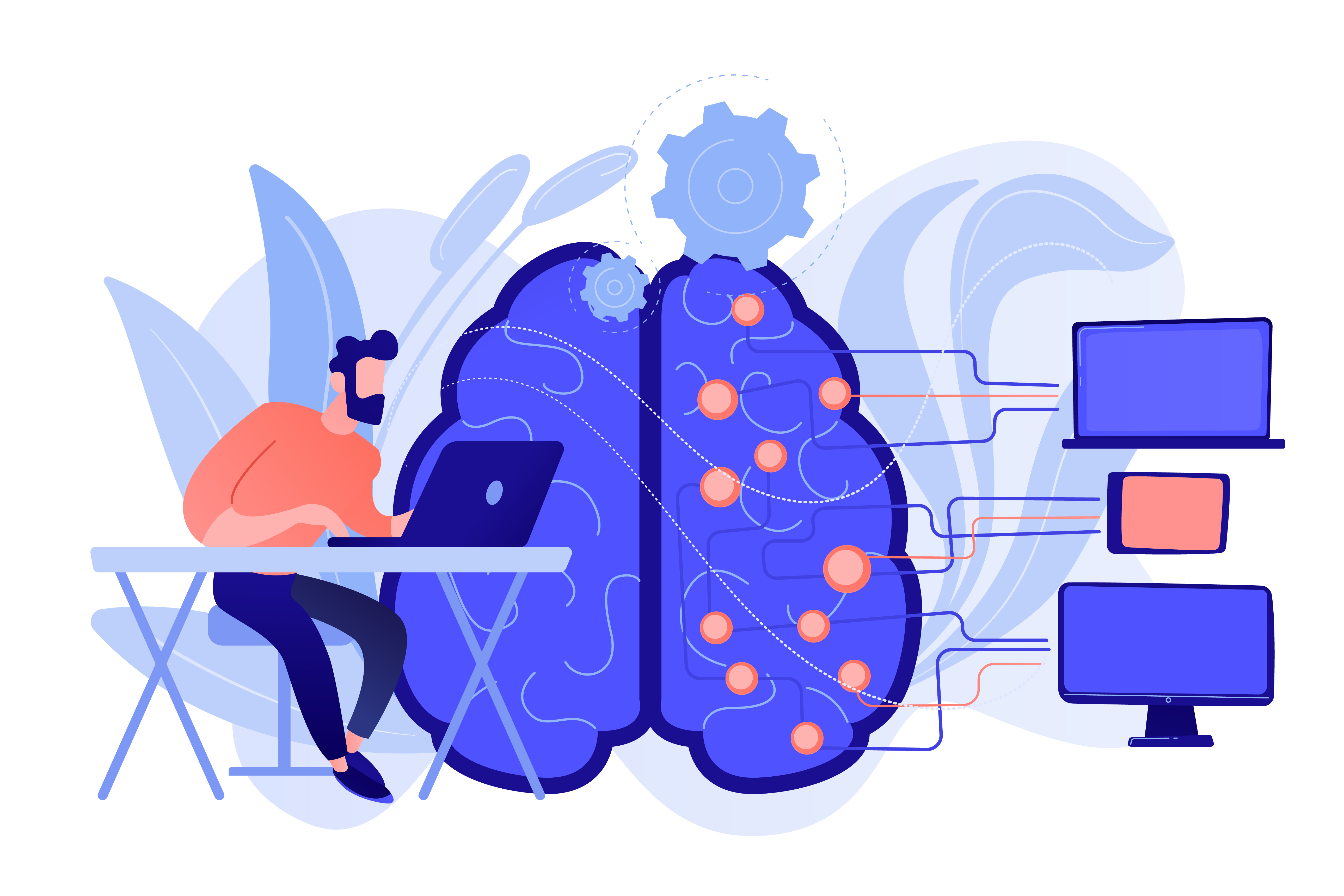Building Scalable AI Models: Tony Gordon’s Best Practices with TensorFlow and PyTorch
 Anton R Gordon
Anton R Gordon
In the rapidly evolving field of artificial intelligence, scalability is key to deploying robust AI models that can handle vast amounts of data and complex computations. Anton R Gordon, better known as Tony Gordon, is a renowned AI Architect who has successfully designed and deployed scalable AI models using leading frameworks such as TensorFlow and PyTorch. Here, Tony Gordon shares his best practices for building scalable AI models that stand the test of time and demand.
Understanding the Frameworks: TensorFlow and PyTorch
TensorFlow, developed by Google, and PyTorch, developed by Facebook, are two of the most widely used deep learning frameworks. TensorFlow is known for its flexibility and scalability, making it ideal for large-scale machine-learning tasks. PyTorch, on the other hand, is praised for its simplicity and dynamic computation graph, which allows for more intuitive model development.
Best Practices for Scalability
Optimize Data Pipelines
Efficient data pipelines are crucial for scalable AI models. Tony Gordon emphasizes the use of TensorFlow’s tf.data API and PyTorch’s DataLoader to handle large datasets efficiently. These tools help in batching, shuffling, and prefetching data, ensuring that the GPU/TPU is never idle waiting for data.
Leverage Distributed Training
Scalability often necessitates training models across multiple GPUs or TPUs. Tony Gordon recommends using TensorFlow’s tf.distribute.Strategy and PyTorch’s torch.distributed package to distribute training across several devices. This approach not only speeds up the training process but also allows for the handling of larger models and datasets.
Utilize Mixed Precision Training
Mixed precision training involves using both 16-bit and 32-bit floating point types to speed up training and reduce memory usage. Tony Gordon points out that both TensorFlow and PyTorch support mixed precision training through tf.keras.mixed_precision and torch.cuda.amp. This technique can significantly improve performance without sacrificing model accuracy.
Implement Checkpointing
To safeguard against data loss and to facilitate model recovery, implementing checkpointing is essential. Tony Gordon advises regularly saving model weights and training states using TensorFlow’s tf.train.Checkpoint and PyTorch’s torch.save functionalities. This practice ensures that training can be resumed from the last checkpoint in case of interruptions.
Monitor and Optimize Resource Usage
Monitoring resource usage is vital for maintaining scalability. Tony Gordon recommends using TensorFlow’s TensorBoard and PyTorch’s integration with TensorBoard for tracking model performance, GPU usage, and other vital metrics. Additionally, profiling tools like TensorFlow Profiler and PyTorch’s autograd profiler can help identify and optimize bottlenecks in the training process.
Adopt Modular and Reusable Code
Writing modular and reusable code can greatly enhance the scalability and maintainability of AI projects. Tony Gordon suggests breaking down the model, data processing, and training scripts into reusable modules. This practice not only makes the codebase cleaner but also facilitates easier scaling and debugging.
Conclusion
Building scalable AI models requires a combination of efficient data handling, distributed training, and continuous monitoring. By following these best practices with TensorFlow and PyTorch, as outlined by Tony Gordon, AI practitioners can develop models that are not only powerful but also capable of scaling to meet the demands of real-world applications. As AI continues to evolve, these foundational practices will remain essential for harnessing the full potential of scalable AI technologies.
Subscribe to my newsletter
Read articles from Anton R Gordon directly inside your inbox. Subscribe to the newsletter, and don't miss out.
Written by

Anton R Gordon
Anton R Gordon
Anton R Gordon, widely known as Tony, is an accomplished AI Architect with a proven track record of designing and deploying cutting-edge AI solutions that drive transformative outcomes for enterprises. With a strong background in AI, data engineering, and cloud technologies, Anton has led numerous projects that have left a lasting impact on organizations seeking to harness the power of artificial intelligence.